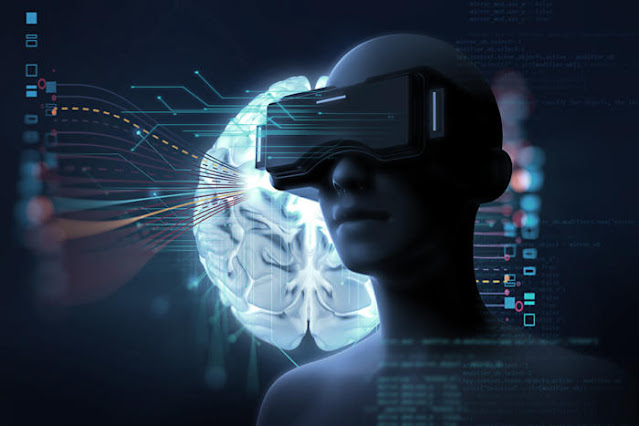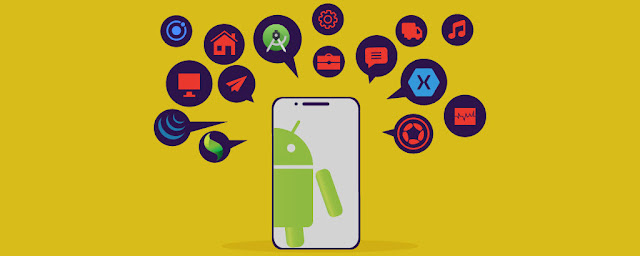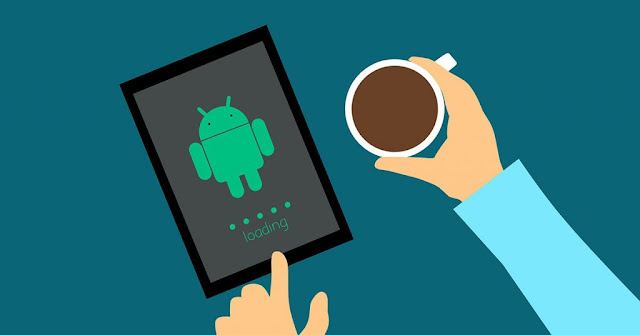AI, AR, and VR: The Three Elements That Are Making Your Food Technical
We’re living in a time where technology is constantly advancing, and with that advancement comes new ways to interact with the world around us. From augmented reality (AR) to virtual reality (VR), these three technologies are playing an increasingly important role in our everyday lives. But what are they actually good for?
In this article, we’re going to explore the different benefits of all three technologies, and how you can start using them in your own life. So whether you’re curious about AR or VR but don’t know how to get started, or you’re already using one or more of these technologies and want to learn more about their benefits, read on!
What is AI?
AI is a type of artificial intelligence that is used to automate tasks. It can be used in a variety of ways, including in business, healthcare, and automotive industries.
What is AR?
AR is an augmented reality technology that uses digital images and computer-generated information to overlay them on top of physical reality. This can be done in a number of ways, including through glasses or via smartphones and tablets. Get in contact with the best AR development company in USA.
What is VR?
VR is a type of virtual reality technology that uses computer graphics to create a simulated environment that allows users to experience events or situations as if they were really happening. This can be used for a number of purposes, including for gaming, education, and medical procedures.
What is AR?
AR is the next big thing in augmented reality. Simply put, AR is a computer-generated vision that helps you see something beyond what is currently visible. This technology can be used to enhance your environment or to provide you with information about something else. For example, you could use AR to view a 3D model of your car before you buy it, or to see how a recipe will turn out before you make it.
VR is another form of AR that uses virtual reality technology to create an immersive environment that surrounds you. This environment allows you to interact with the program or object simulated in it. For example, you could use VR to watch a movie or tour a museum without leaving your living room.
Both AR and VR are making their way into the food industry, and they have many potential applications. For example, chefs could use AR to preview recipes before they prepare them, or farmers could use VR to see how crops will grow in different climates.
So what is holding these technologies back from becoming mainstream? Mainly cost and availability. AR and VR require powerful computers and headsets, and they are not yet widespread enough for most people to use them regularly.
What is VR?
VR is a technology that uses virtual reality to create an immersive environment. This environment can be used to experience different activities, such as gaming, movies, or even real-world interactions.
AR is another technology that's making your food technical. AR uses augmented reality to overlay digital information onto the real world. This information can include images, text, or video. This allows you to see information in a way that's more engaging and interactive. AR can also be used to help you learn new things or find products you're looking for.
How do AI, AR, and VR impact food technology?
AI, AR, and VR are all fields of technology that are having a significant impact on food technology. AI is able to identify patterns and trends in data, which can then be used to improve processes and make decisions. AR allows users to see products and ingredients in a realistic way, which can help them make better decisions about food purchases. VR allows users to experience different foods in different ways, which can help them better understand the nutritional value of particular foods. All three of these technologies have the potential to improve both the quality and the quantity of food we eat.
The future of food technology
AI, AR, and VR are all technologies that are helping to make food more technical. AI is used to help farmers with things like crop rotation and fertilization. AR is being used to show farmers how their crops are doing and also to help them plan irrigation and fertilization schedules. VR is being used to create 3D models of crops so that farmers can see how they are growing and how they can improve them. All three of these technologies will continue to develop over the next few years, and they will be essential in helping us to improve the quality and safety of our food. Hire dedicated resources in USA to get your next app developed.
Conclusion
Food has always been a part of our lives, but the way we eat is changing. Advances in artificial intelligence (AI), augmented reality (AR), and virtual reality (VR) are making food technology more advanced than ever before. These technologies are allowing us to interact with food in new ways and change the way we think about eating. As we move forward into the future of food, it's important that we understand how these three technologies are shaping the industry and what implications they will have for both consumers and businesses alike.

.png)


Comments
Post a Comment